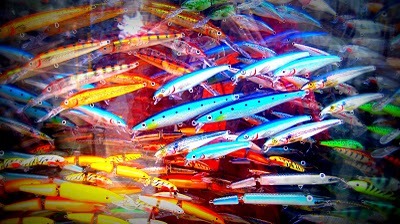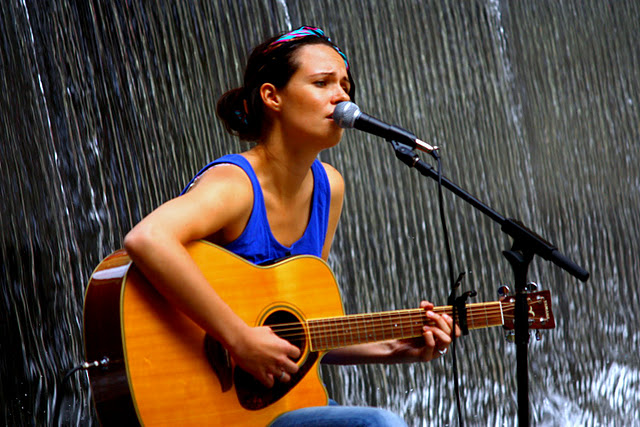The Invention of Paris

Eric Hazan's The Invention of Paris
Eric Hazan’s The Invention of Paris is a guide, quartier by quartier, to the “psychogeography” of the first great modern city. Hazan is a far-left radical editor now in his 70s, and has lived in Paris all his life. Not only does he know what a certain street smells like, but he can tell us about the geographical, social and political forces that put it there. A widening or a curve might conceal an entire history of oppression – or the moment Baudelaire admired a passing grisette.
Hazan reckons Baudelaire to be the first truly urban poet, a flâneur at the meeting-point between the nocturnal solitary and the individual lost in the crowd. The book proceeds in his urgent spirit, mingling personal knowledge and reminiscence with a Balzacian grasp of the whole. The ghost of Walter Benjamin, the leftwing thinker of a mystical bent who fled occupied Paris and committed suicide at the closed Spanish border, presides over this magnificent meditation on limits and boundaries.
Read the full review in The Guardian…














